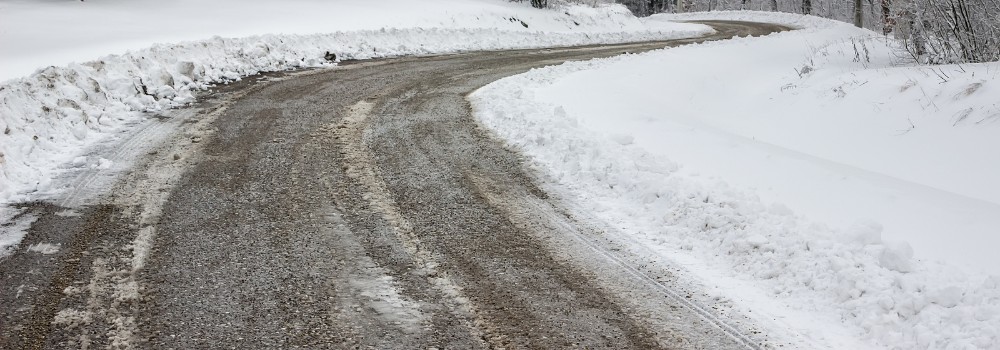Even with the multitude of advancements in modern technology that the 21st century has seen, the tried and true method for breaking up an icy road is still to dump a healthy amount of salt over it. Salt is used to lower the freezing point of water, which in effect prevents any falling snow or freezing rain to solidify on asphalt or concrete. It’s not immune to extreme temperatures or conditions, however, so today our Carville’s Auto Mart team wants to answer the question “What temperature will salt stop melting icy roads at?” It might surprise you!
Effectiveness of salt to melt roads and sidewalks depending on temperature
On the surface, pouring salt over ice and snow to break it apart might seem like an archaic strategy, but it’s actually highly effective given enough time. Still, there are limits to salt’s effectiveness once the temperature begins to drop.
Of course, this all depends on the amount of salt in the solution that you’re using. If you have a 10-percent salt solution, it will begin to lose its effectiveness at around 20 degrees Fahrenheit. A 20-percent compound is even more useful, however, being able to work until temperatures of 2 degrees Fahrenheit, when it will inevitably freeze.
More Temperature-Related Info: When will antifreeze freeze?
Alternatives to salt compounds for melting an icy pavement
Any driver today will tell you that using salt as an icebreaker can be bad news for your vehicle’s chassis and metal components, given enough time. That’s why many communities around the United States have resorted to more creative options for breaking apart icy roads. Some of these include:
- Beet juice
- Fracking waste water (in New York)
- Cheese brine (in Wisconsin)
- Pickle brine (in New Jersey)
- Potato juice
All of these liquids, to varying degrees of effectiveness, have actually seen success when it comes to keeping roads safer to drive on in the winter!
Read More: What is the difference between Four-Wheel Drive and All-Wheel Drive?
Test drive a used vehicle with Four-Wheel Drive at Carville’s Auto Mart
Winter is a time that can wreak havoc on your daily drive if you’re not careful, but one of the best methods for beating the slippery conditions is to have a vehicle that’s equipped with a Four-Wheel Drive or All-Wheel Drive system. We have plenty of these models here at Carville’s Auto Mart, so contact us today to schedule a test drive!



